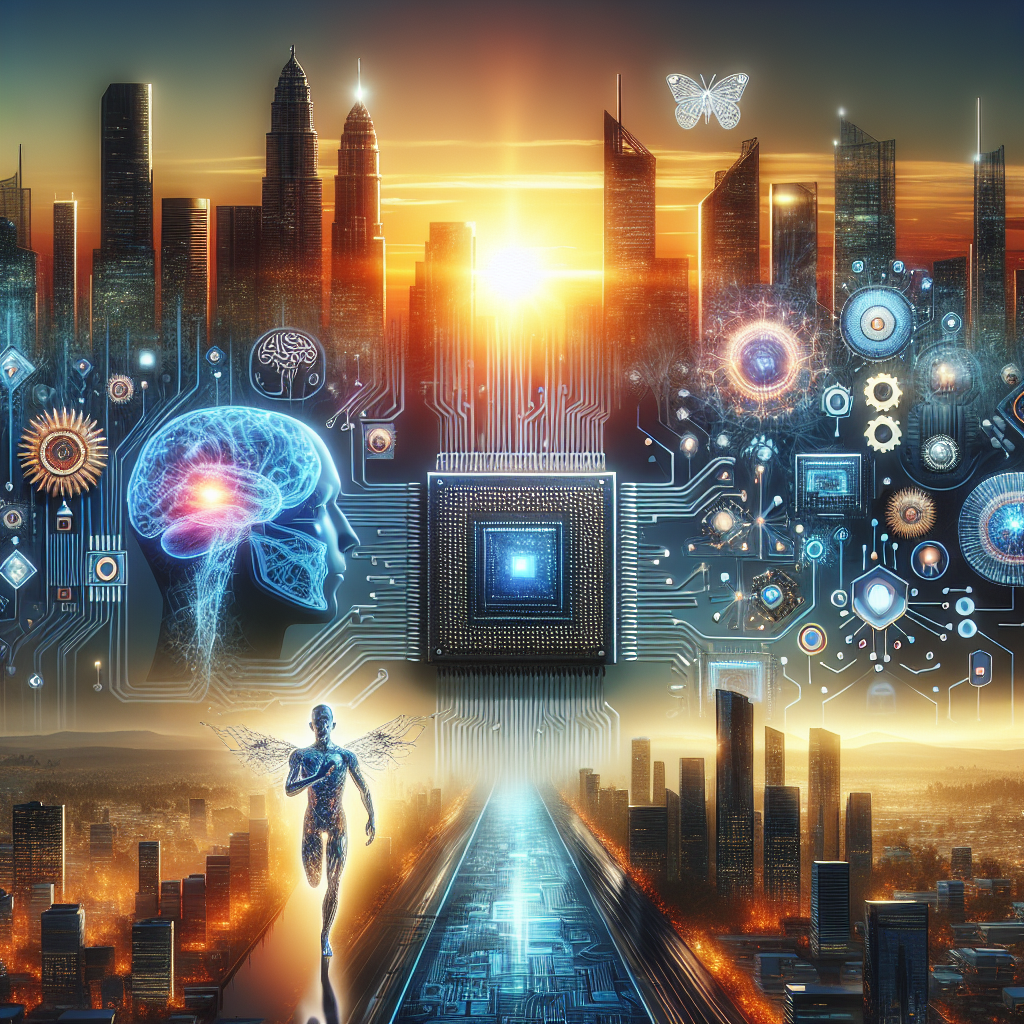The Rise of AGI: How Artificial General Intelligence is Reshaping the Future of Technology
Artificial General Intelligence (AGI) is a type of artificial intelligence that is able to perform any intellectual task that a human can do. This includes tasks such as reasoning, problem-solving, learning, and understanding natural language. While most of the AI technology we encounter today is narrow AI, designed to perform specific tasks, AGI aims to create a machine that is capable of general intelligence and can adapt to a wide range of tasks and scenarios.
The idea of AGI has been around for decades, but recent advancements in machine learning, neural networks, and big data have brought us closer to achieving this goal than ever before. Companies like Google, Facebook, and OpenAI are investing heavily in AGI research, and the potential implications of this technology are immense.
One of the most significant ways that AGI is reshaping the future of technology is through automation. As AGI becomes more sophisticated, it will be able to take on a wider range of tasks currently performed by humans. This includes everything from customer service and data analysis to creative tasks like writing and design. This will lead to increased efficiency and productivity in many industries, but it also raises questions about the future of work and the impact on the job market.
AGI also has the potential to revolutionize healthcare, with the ability to analyze vast amounts of medical data and provide more accurate diagnoses and treatment recommendations. In addition, AGI could help researchers discover new drugs and treatments more quickly, leading to significant advancements in the field of medicine.
Another area where AGI is already making an impact is in the field of autonomous vehicles. Companies like Tesla and Waymo are using AGI technology to develop self-driving cars that can navigate complex environments and make split-second decisions to avoid accidents. This technology has the potential to revolutionize transportation, making it safer, more efficient, and more accessible to people around the world.
However, with the rise of AGI also come concerns about ethics and safety. One of the biggest fears surrounding AGI is the potential for it to surpass human intelligence and become uncontrollable. This could lead to a scenario known as the “singularity,” where AGI rapidly improves itself and surpasses human intelligence, leading to unknown consequences for humanity.
To address these concerns, researchers are working on developing AI safety measures and ethical guidelines to ensure that AGI is developed responsibly and in line with human values. This includes research into creating AI systems that are transparent, interpretable, and aligned with human goals.
Overall, the rise of AGI is reshaping the future of technology in ways we can only begin to imagine. From automation and healthcare to transportation and beyond, AGI has the potential to revolutionize industries and improve our lives in countless ways. However, it is crucial that we approach the development of AGI with caution and foresight to ensure that it is used for the benefit of humanity.
FAQs
Q: What is the difference between AGI and narrow AI?
A: Narrow AI is designed to perform specific tasks, while AGI is capable of performing any intellectual task that a human can do.
Q: How close are we to achieving AGI?
A: While significant advancements have been made in AI research, we are still far from achieving true AGI. Researchers estimate that it could be decades before AGI is a reality.
Q: What are the potential risks of AGI?
A: Some of the potential risks of AGI include job displacement, ethical concerns, and the possibility of AGI surpassing human intelligence and becoming uncontrollable.
Q: How can we ensure that AGI is developed responsibly?
A: Researchers are working on developing AI safety measures and ethical guidelines to ensure that AGI is developed in a way that is transparent, interpretable, and aligned with human values.

